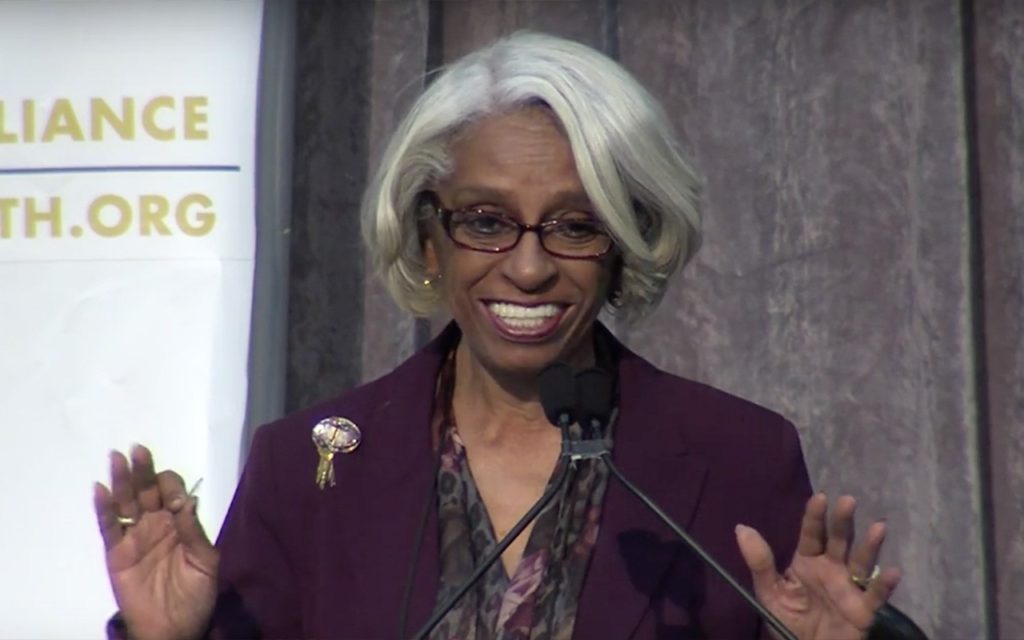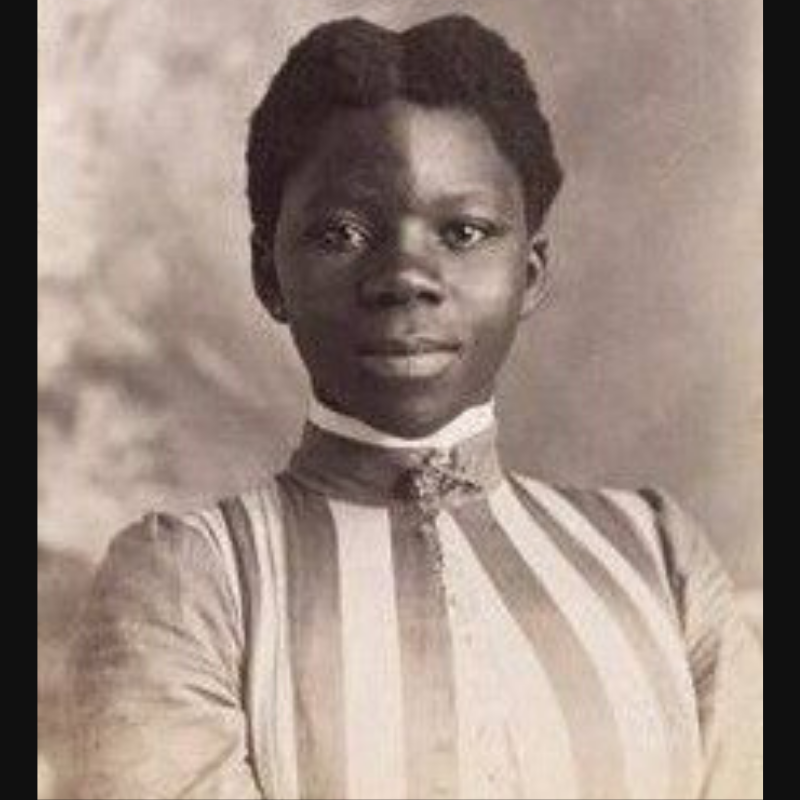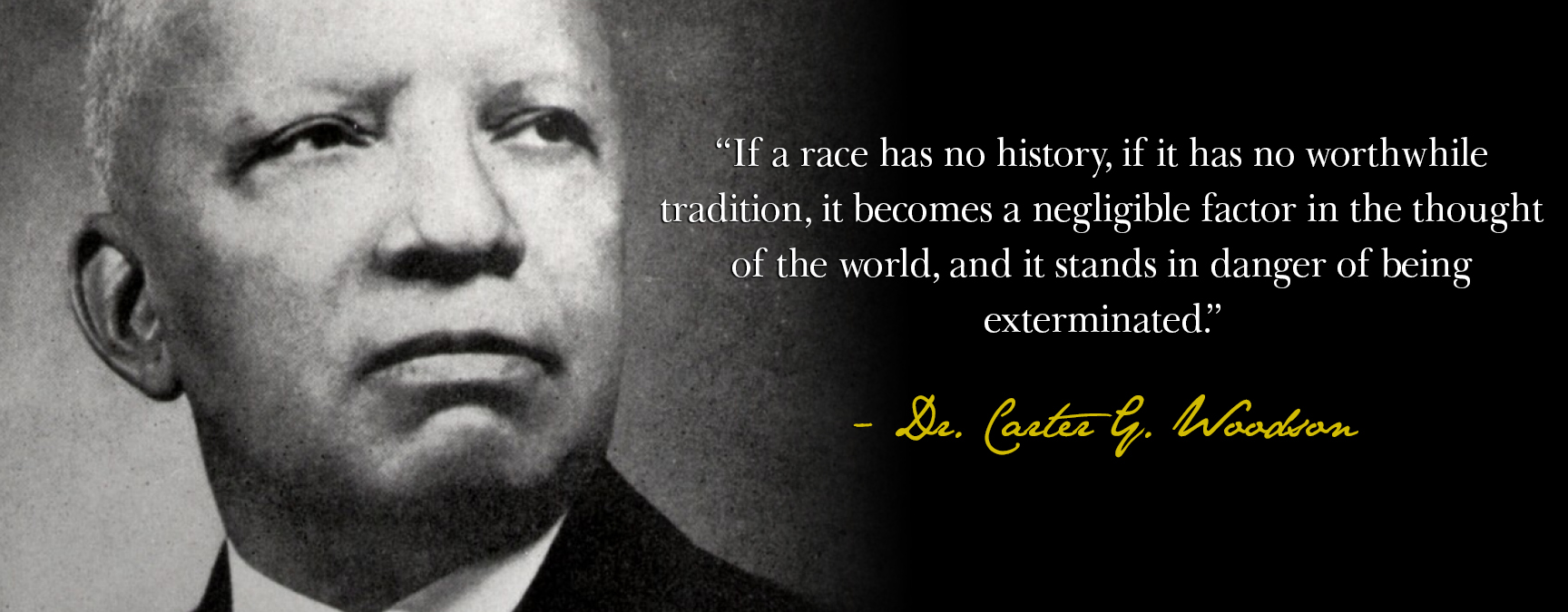Black History Month serves as a vehicle to spark great conversations about all the accomplishments that Black people have made! But, when you sit and think about “Black History Month” it becomes clear how silly it is to boil all of these tremendous accomplishments down to just one month. SO why not celebrate it all the time! That thought inspired this post!
I’ve included a few interesting Black History tidbits from around the web below to kick off the first week of Black History Month. As I continue to learn more facts, I’ll come back to update this post all year long. Check back often! #BlackHistory365 🙂

DR. BARBARA ROSS-LEE
Dr. Barbara Ross-Lee (born June 1, 1942, in Detroit, Michigan) is a physician and the first African-American woman to become a medical school dean.
Then, in 1969, she entered Michigan State University’s College of Osteopathic Medicine. Ross-Lee then went on to open her own private family practice, teach as a professor, and hold other positions within the medical community, until 1993 when she was elected as the first woman dean of a medical school, at Ohio University College of Osteopathic Medicine. Keep Reading >>
Bonus Fact: Her sister is Diana Ross!

DR. GLADYS WEST
Dr. Gladys West was hired at the Naval Surface Warfare Center in Dahlgren, Virginia in 1956. She was only one of four Black employees, and the second Black woman ever hired. West worked as a programmer and analyzed satellite data. She was able to use satellite data to put together altimeter models of the Earth’s shape with extreme precision. She was then recommended to work as the project manager for the Seasat radar altimetry project, the first satellite that could remotely sense oceans.
Through the mid-70s and 80s, Dr. West programmed an IBM computer to provide extremely precise calculations to model the shape of the Earth, a geoid, optimized for what eventually became the Global Positioning System (GPS) orbit. Not only was Dr. West’s technology the most instrumental in the creation of the GPS, but there would also be no GPS without Dr. West. Keep Reading >>
Bonus Fact: She’s one of the women who were featured in the popular Hidden Figures movie!

THE HISTORY BEHIND BRAIDING PATTERNS
“Braiding started in Africa with the Himba people of Namibia,” says Alysa Pace of Bomane Salon. “These people have been braiding their hair for centuries. In many African tribes, braided hairstyles were a unique way to identify each tribe. Braid patterns and hairstyles were an indication of a person’s tribe, age, marital status, wealth, power, and religion.
Certain styles come from all over the world:
- Africa with cornrows in 3500 BC
- Egypt with afro box braids in 3100 BC
- Greece with the halo braid in the first century
- Native Americans with pigtail braids in the fifth century
- Europe with the crown braid from 1066 to 1485
- China with the staircase braid from 1644 to 1912
- the Caribbean with modern cornrows in the 1970s
> (opens in a new tab)” rel=”noreferrer noopener” class=”rank-math-link”>Keep Reading >>
Bonus Fact: Rice was hidden in braids in order to help slaves survive the Middle Passage.(Source)

ANNA M. MANGINA
Anna M. Mangin was an American inventor. She got the patent for the pastry fork (similar to a modern-day spatula) on March 1, 1892, in Queens, New York. The pastry fork is an attachment that electrically mixes without the need for arm work. This tool had many uses, including beating eggs, thickening foods, making drawn butter, mashing potatoes, making salad dressings, and most importantly, kneading pastry dough. This improved the lives of many people, and eventually lead to more electric mixing inventions that are used to this day. Louvenia “Kitty” Black Perkins graduated in 1971 with an associate degree in fashion design. Black Perkins worked in the fashion industry designing children’s clothing and sportswear that could be purchased at major retailers such as Bloomingdale’s, J. C. Penney, and Sears. While living paycheck to paycheck with little opportunity to break into the industry, she responded to a blind newspaper ad for a clothes designer in the summer of 1976. In actuality, the ad had been placed by Mattel and Black Perkins was called back for an interview. At Mattel, Black Perkins’s earned an assignment in 1979 to create an outfit for the first black doll to be named “Barbie.” Black Perkins created an outfit for “Black Barbie” that was meant for the spotlight. Barbie wore stud hoop and dangle earrings, a bold modernist necklace, and a fabulous red bodysuit with a wrap-and-snap disco skirt. Black Perkins soon became chief designer of fashions and doll concepts for Mattel’s entire Barbie line. She was responsible for creating more than 100 designs a year for more than a quarter-century. Some of her other notable designs included the Brandy doll, Fashion Savvy Collection, Bathtime Barbie, Tangerine Twist Barbie, Uptown Chic, and Dance with Me. Aside from Barbie dolls, she worked on Shani & Friends, Mattel’s first exclusive line of black dolls, and MC Hammer, among others. Keep Reading >>
LOUVENIA (KITTY) BLACK PERKINS





